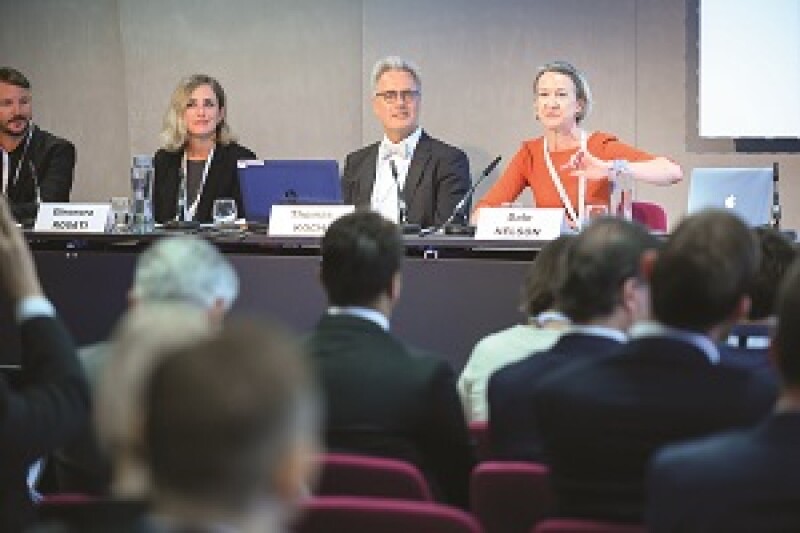
During today's session, “The Art of IP: Museums and Architecture,” panellists offered perspectives on the protection of photos of artwork in the public domain under copyright law in the EU, the UK and the US. There remain differences in the originality requirements, right of panorama and resale right of artists, and the specifics of protection often clash with the public interest.
Thomas Koch, presiding judge at Germany’s Federal Court of Justice, highlighted a German case in which a museum published photos of one of its collections that had an expired copyright. These pictures were subsequently loaded onto Wikipedia and the artist of the collection sued for copyright infringement. Under the Berne Convention and European Directive 2016/116, Article 1(1), copyright protection can be afforded for the life of the author plus 70 years after his death.
However, EU member states may offer other forms of protection in additional provisions. Under the German Act on Copyright and Related Rights, copyrights shall expire 50 years after a photograph was released.
The question at the heart of the case was whether it was necessary to have a creative achievement in the production of the photo. For instance, would there be a difference in the copyright protection offered if the artwork was photocopied on a copying machine or if someone had taken a quick snapshot on a smartphone? Under German law, the creative achievement would be missing if it was only a reproduction of an existing photo.
“The requirements for protection are low, but the protection itself is also low and would only protect against identical production,” said Koch.
The Federal Court of Justice rejected the view of the lower court and the claimant was successful.
However, a 2019 EU directive, which will be in place in the next two years, could change the landscape. Under this Directive, if the copyright of an artwork has expired, reproduction of it will not be subject to copyright protection unless the production is original and the author’s own creation. If the work itself is a work of art, it will be protected, whereas photos of it will not be protected.
Dr. Eleonora Rosati, associate professor in IP law at Stockholm University, said that museums are increasingly using digital collections to attract visitors, and asked whether protection should be given.
“The Court of Justice of the EU has taken the view that EU law requires originality and, to get copyright protection, a work should carry a personal touch of the author,” said Rosati.
For a digital museum collection, these features may include the need for skill and effort, whether there is originality, and how much investment was put in.
According to Dale Nelson, partner at Donaldson & Callif in the US, no one has challenged the copyright of photos of artwork or the creativity aspect of these photos, except in the famous monkey selfie case. However, there is a pending case involving Ariana Grande, who used paparazzi photos taken of her and posted them on Instagram.
Christian Zimmerman, CEO at DACS, a UK-based non-profit visual artists’ rights management organisation, explained that under UK copyright law, photos would be protected but the new EU directive might call this into question.
In the UK he has noticed a trend for museums to allow people to take photos and post them online.
“Since the change in the copyright law in 2014, museums have been jumping on the bandwagon to let people freely take pictures and have even curated them and posted Instagram exhibitions,” he said.
They’ve been doing this to get more viewings and generate more publicity for exhibitions.
And technological solutions to get around the copying of photos by watermarking images and using lower resolution images so that they are less likely to be re-used are also becoming more prevalent.
What is clear, Zimmerman said, is that these actions and reactions have had an impact on what qualifies as art.
The Congress finishes on September 18.
Image credit: Simon Callaghan Photography










